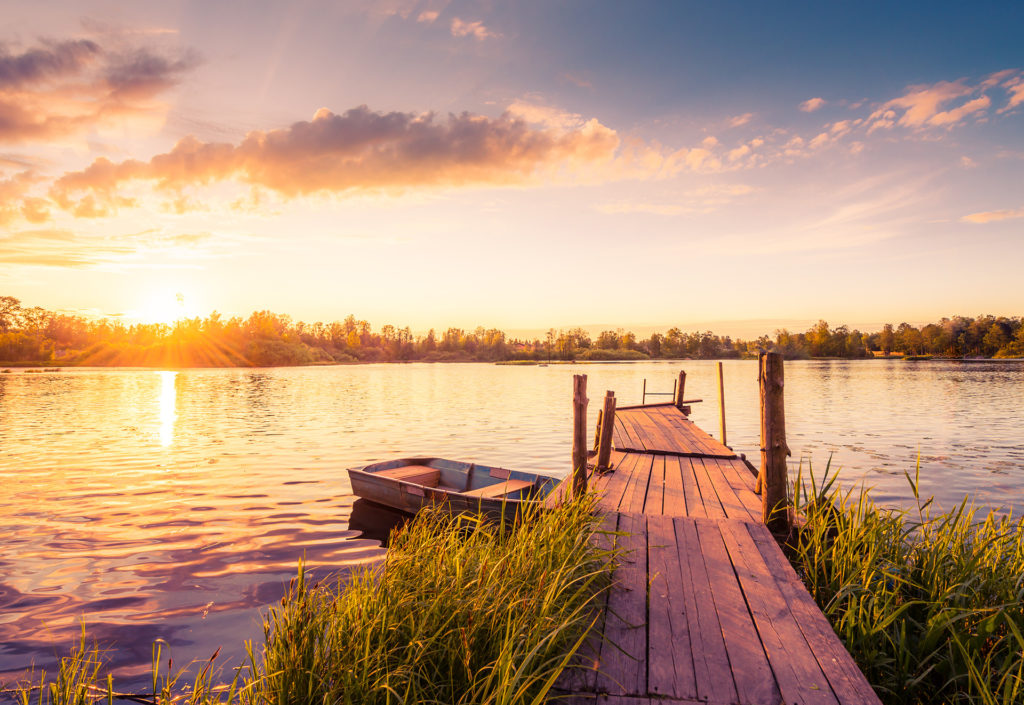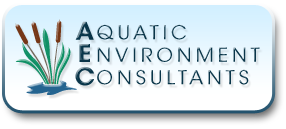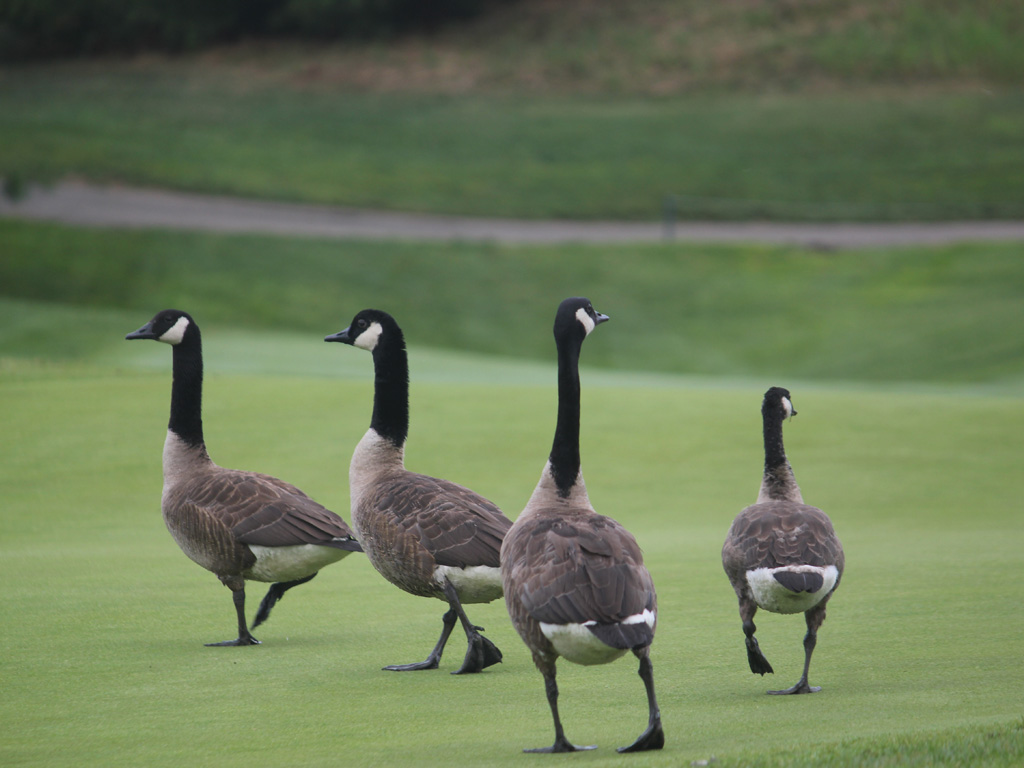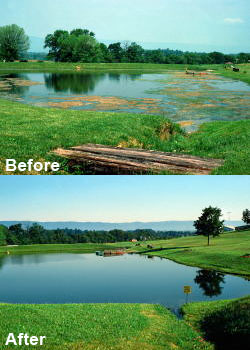How Do You Know If It’s Safe to Swim in Your Pond?

There are several considerations to keep in mind when determining whether it is safe to swim in your pond. All ponds have different sources of water. Some ponds are fed by underground springs while others are filled from flowing streams.
Ponds can also be filled with surface water that drains from rain events. The source of water in your pond directly affects its water quality. For example, spring water tends to be the purest source of water since it emerges directly from the ground.
Request a Consultation
4 Types of Contaminants in Your Pond
While different ponds have many different sources, all are susceptible to contamination, animals, insects and algae growth. These environmental factors can make swimming unsafe for a variety of reasons.
1. Human or Animal Waste
There are many contaminants that make it unsafe to swim in ponds. Although it’s unpleasant to think about, animal and human waste are often contributors. Human sewage and animal waste and manure contain fecal coliform bacteria and e-coli bacteria types that make water unsafe for swimming. Geese and other birds that congregate near water are common perpetrators of contaminating water with waste. However, you may not be aware that your pond is affected by these bacteria. To tell if your pond has waste matter in it, waterbody management experts can test your water in a lab for contaminants.
2. Dangerous Animals
Although they may not emit harmful waste like mammals and birds, there are many other types of animals that can make swimming dangerous. Snakes, snapping turtles, alligators and leeches are all animals that are very common in ponds and present danger for swimmers. Whether they’re poisonous or predatorial, it’s best to avoid swimming in ponds that are known to contain these types of animals. If you’re not sure if your pond or lake contains dangerous animal species, contact AEC for a consultation.
3. Microscopic Parasites
“Swimmer’s itch”, as it’s commonly called, is a type of skin rash that develops from an allergic reaction to a microscopic parasite that burrows into your skin. These parasites, common in ponds and lakes, have a life cycle that transfers between snails, waterfowl and other mammals that live around water. When the parasites are in the water looking for the next host, unfortunately, they sometimes find humans instead.
4. Algae and Microcystin
Algae growth occurs in ponds that have excess nutrients. The excess nutrients feed microscopic planktonic algae cells. Some of these algae species are harmless, but others can produce a toxin called microcystin.
Research suggests that microcystins can have effects on the human liver, kidney and reproductive function. Microcystins are also skin, eye and throat irritants. If you have a visibly large algae growth, you likely need algae management services before even dipping your feet in your pond.
5. Planktonic Algae
Planktonic algae blooms typically show up as green scums that float freely throughout the water. They do not form dense mats like those of filamentous algae.
When planktonic algae are present in a pond, action should be taken to reduce nutrients and control the growth of algae. Ponds with planktonic algae should not be used for swimming.
Physical Qualities of a Pond
Along with water quality, it is important that the physical characteristics of a pond are appropriate for swimming. The depth of the pond can often determine if it is safe to swim. In addition, sunken trees and submerged rocks can be invisible from the surface of the water and can pose a danger to swimmers.
It may also be hazardous to swim in ponds that have a large buildup of sediment in the bottom of the pond or heavy vegetation that swimmers could become tangled in. Older ponds contain silt layers that can be waist-deep or higher. This “muck” can be difficult to wade through, and it’s common to get stuck in it.
How to Control Water Contaminants
At AEC, we perform applications of algaecides and herbicides to control nuisance vegetation for many of our customers. Most of the products that we apply have no swimming restrictions.
However, in some instances, it may be necessary to use a product that does have a swimming restriction. In these cases, we notify the pond owner of any restrictions. Even if the products used do not have a swimming restriction, it is a good idea to wait an hour after the treatment is made before getting in the water. Taking into account all of the variables, with the proper precautions and monitoring, a pond can certainly be safe for swimming.
Contact AEC to Make Your Pond Safe for Swimming
Aquatic Environment Consultants, Inc. has been managing the health and water quality of ponds and lakes since 1987. Our expert team of aquatic consultants can help create a custom management plan for your pond. If you want to make your pond safe to swim in, give us a call or contact us online today for a consultation!
Contact Us Today




1 Comment
i really enjoy reading your blogs. Keep on posting. Thanks
Add Comment